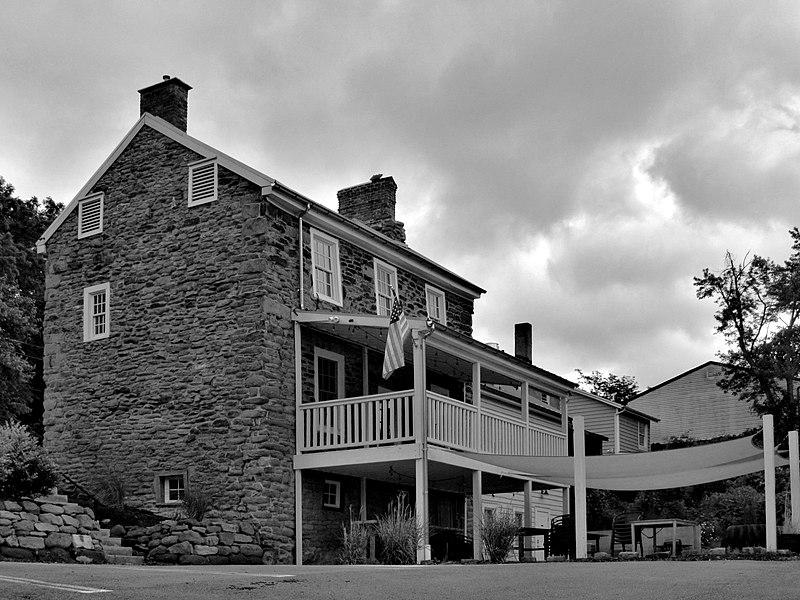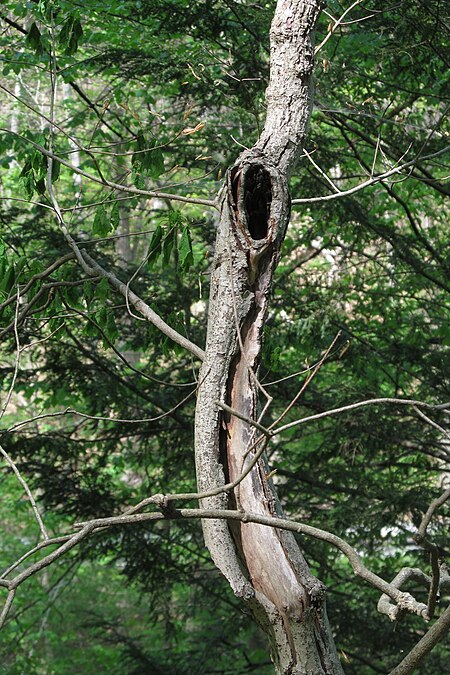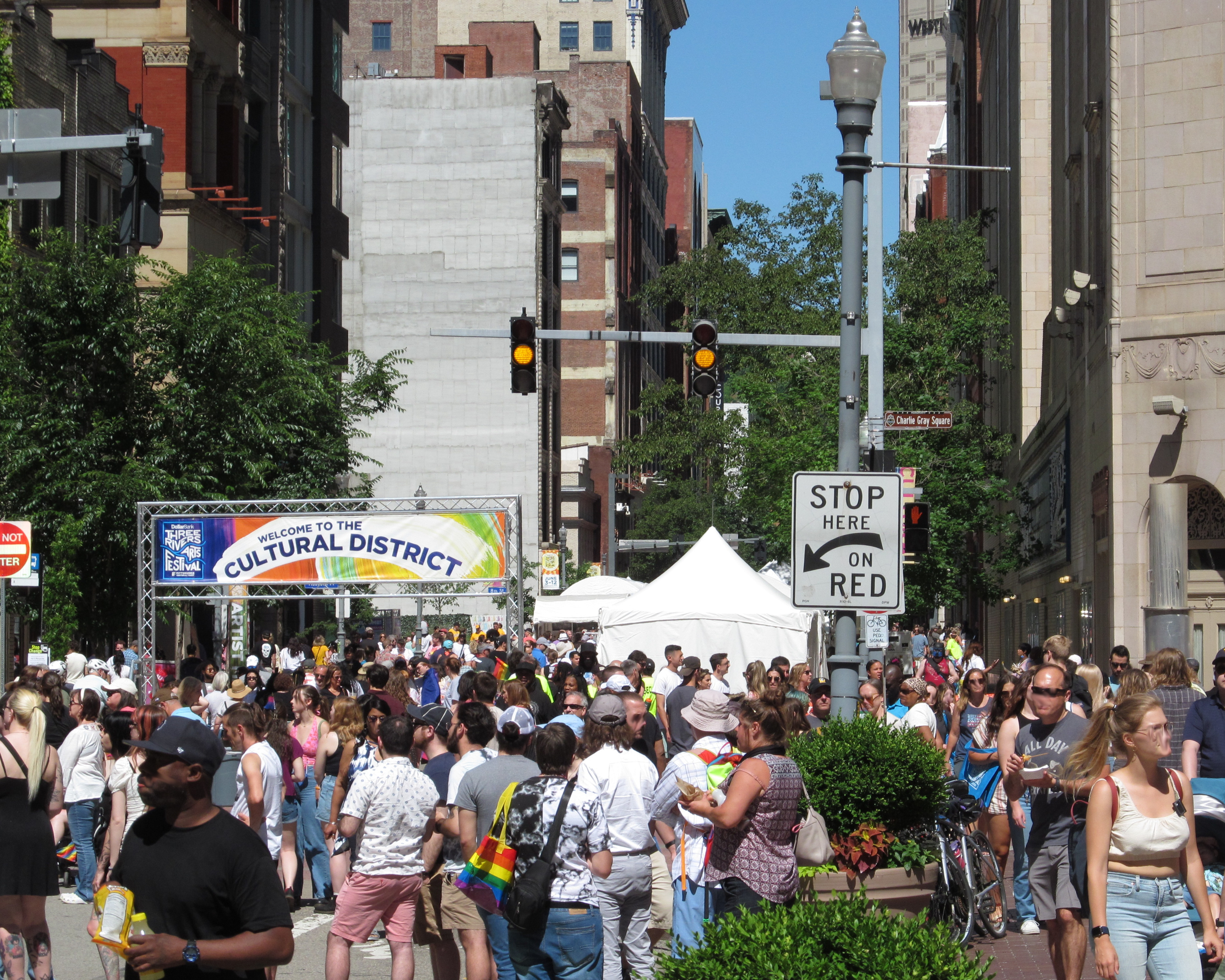
In 2015, we visited the John Woods House and found it boarded up, but with some hope for a brighter future: the Urban Redevelopment Authority had bought it and was offering it for sale to anyone who would restore it.

Someone took up the offer, and the house is now beautifully restored and open as a pub called the Woods House.

John Woods and his father Col. George Woods made the street plan for downtown Pittsburgh in 1784; the Colonel came up with the design, and John did the drafting work. The town had existed for nearly thirty years before it was organized into a proper grid of streets: Woods actually gave us two grids, doing his best to fit a rational eighteenth-century square plan into a triangle. The collision of the grids along Liberty Avenue has been a source of confusion and delightfully unusual building shapes ever since.

In musical history, this is famous as the house where Stephen Foster loved to visit and bang away at the piano. Supposedly he wrote “Jeanie with the Light Brown Hair” and “Nellie Bly” here, the latter inspired by one of the Woods family’s servants.
As the clouds drifted by low in the sky, old Pa Pitt decided this house might make a good moody black-and-white picture.


















